This time of year as we greet the true arrival of spring and the FloraKansas Native Plant Festival, I am asked quite a few questions about native plants. Often people ask about how to establish their native plants, but more often they want to know which native plants are my favorites. It is hard to narrow down my choices, because there are so many great plants to include in your garden. Wildflowers attract pollinators and grasses add texture, structure and movement in the garden. The combination of wildflowers and grasses create the layers and habitat that wildlife depend on for survival.
Here is a list of my top five sun-loving favorites:
Threadleaf Bluestar (Amsonia hubrichtii)
This is an all-season perennial with fantastic ornamental features that at make it stand out from other wildflowers. In May and June, clusters of small powder blue, star-like flowers top the strong stems. The stems are encircled with soft, narrow leaves resembling pine needles, making each plant look like a small shrub with feathery texture and incredible fullness. I have found them to be extremely hardy, drought tolerant and very low maintenance.
The real show develops in September when the foliage turns a butter yellow, fading to a golden brown by October. One specimen plant is spectacular in each season of the year, but a group of ten or more massed together and strategically located are quite stunning. Individual plants can reach up to 48 inches tall and 24-36 inches wide. They prefer full sun to partial shade and an average garden soil.
Other Bluestars worth trying are Shining Bluestar (Amsonia illustris), Amsonia ‘Storm Cloud’, and Amsonia ‘Blue Ice’.
Switchgrass (Panicum virgatum)
The airy seed heads and upright habit make this a great landscape grass. These forms make quite a statement in the fall and winter landscape. They add structure, texture and movement. For best results, plant them in a sunny spot in a medium to moist soil. It is very drought tolerant. Discover these varieties: ‘Northwind’-consistent upright form to four feet tall and golden yellow fall color, ‘Cheyenne Sky’-red leaves develop early in the summer and grows to three feet, and ‘Dallas Blues’-tall (to 8 feet), with blue foliage and purple seed heads.
Penstemon ‘Dark Towers’ (Penstemon digitalis)
I love this penstemon in the perennial border. The pink flowers in spring have just a blush of white and develop interesting seed heads. It adds outstanding form and texture to any landscape throughout the year. Penstemon ‘Dark Towers’ is a beautiful selection of smooth penstemon with reddish-purple foliage that is attractive even when blooming is complete.
Letterman’s Iron Plant (Vernonia lettermanii ‘Iron Butterflies’)
One of the plants that has done well over the past few years in the Arboretum is Letterman’s Narrowleaf Ironweed. It is a reliable drought-tolerant wildflower that requires little to no extra irrigation. In fact, too much water makes it floppy and unhappy. Plants like that are rare and should be utilized more, in my opinion.
In late August, it is covered with exploding deep purple flowers atop the sturdy upright stems. The narrow leaves whorled around the stem remind me of narrowleaf bluestar (Amsonia hubrichtii) , except these are even more narrow. These leaves, combined with the attractive frilly flowers, give it a soft, pleasing texture.
Ironweed gets its name for its tough stem. Iron Butterfly Ironweed is the diminutive cousin of the pasture ironweed. Typical prairie ironweed is coarse and tall, but Letterman’s Narrowleaf ironweed is more refined. The parent species Vernonia lettermanii is quite rare and can be found in Arkansas and Oklahoma.
In late summer, the flowers are just what butterflies and other pollinators need as they migrate or prepare for winter. All sorts of butterflies, skippers, moths, and bees will swarm the blooms. In the Arboretum, we plant them in sunny gardens with medium to dry soil. They can take some shade, but have a tendency to flop.
Aromatic aster (Aster oblongifolius)
This diverse wildflower grows throughout the state, and is more drought-tolerant than other aster species. Its name alludes to its fragrant purple/pink flowers and foliage that exudes a pungent aroma. This species typically grows about two feet tall, but shorter varieties exist. Garden worthy varieties include ‘Dream of Beauty’ (short (one foot tall) with pink blooms), ‘October Skies’ (2’ x 2’ with light blue flowers) and ‘Raydon’s Favorite’ (3’ x 2’ with light blue flowers).
If you missed FloraKansas this weekend, never fear! We will be keeping the plants on display this week (open weekdays 9 a.m. to 4 p.m.) and I will also be setting up a booth on Sunday, May 6th, at Lakewood Park in Salina for the Discover Salina Naturally event. Come see me there!



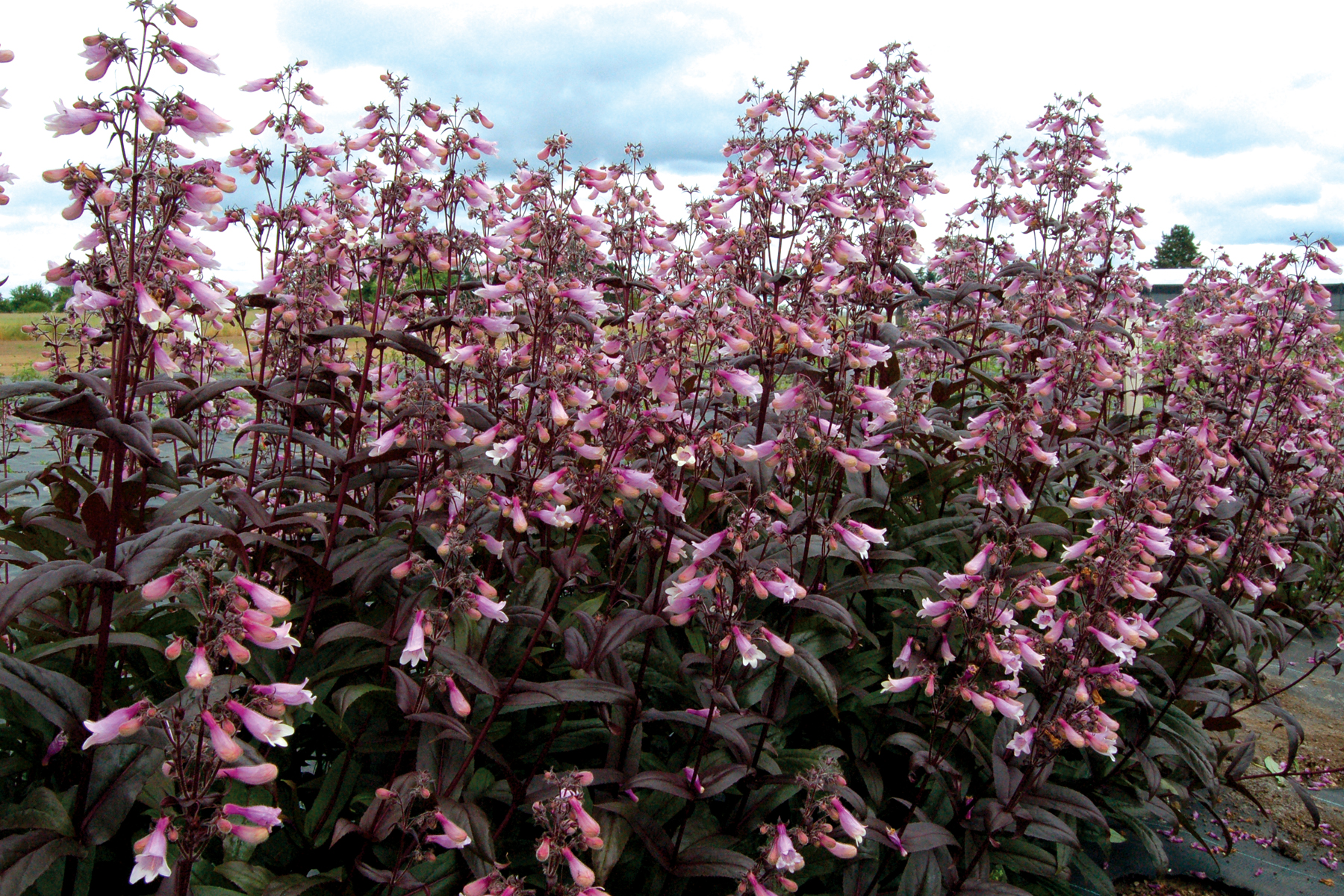
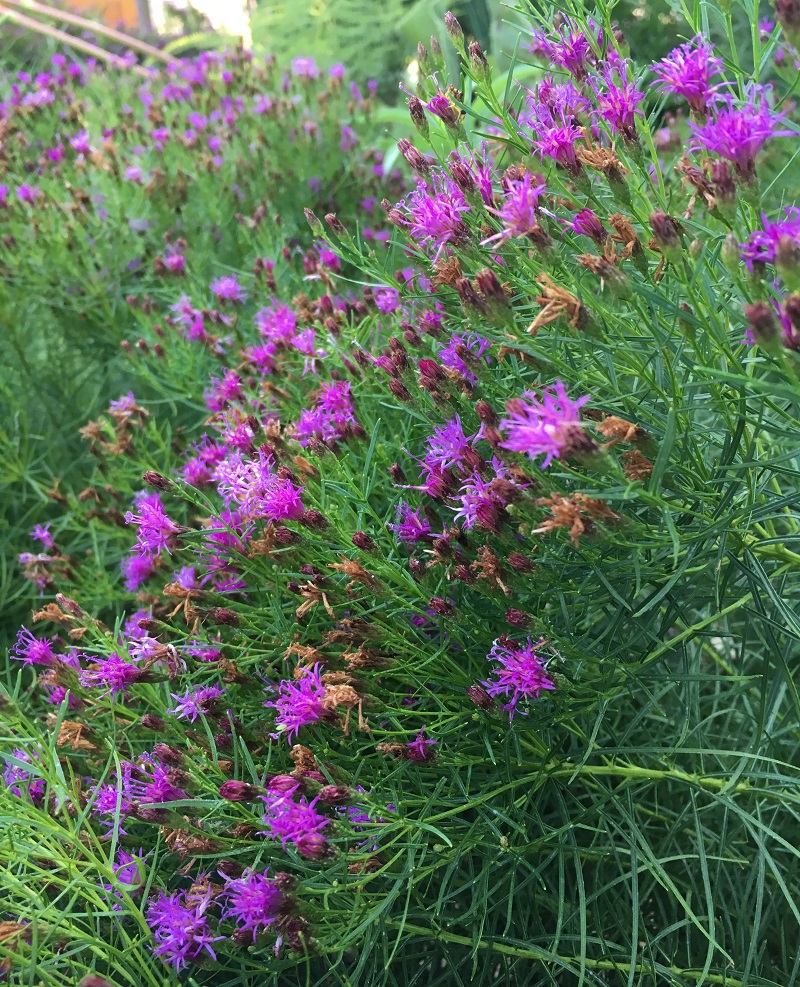
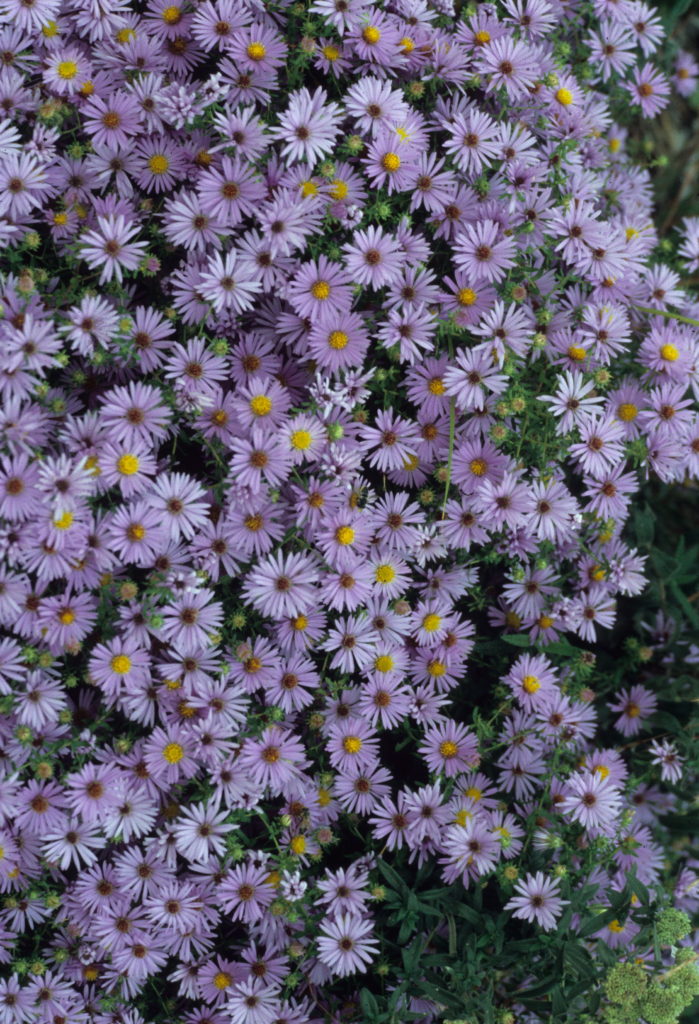
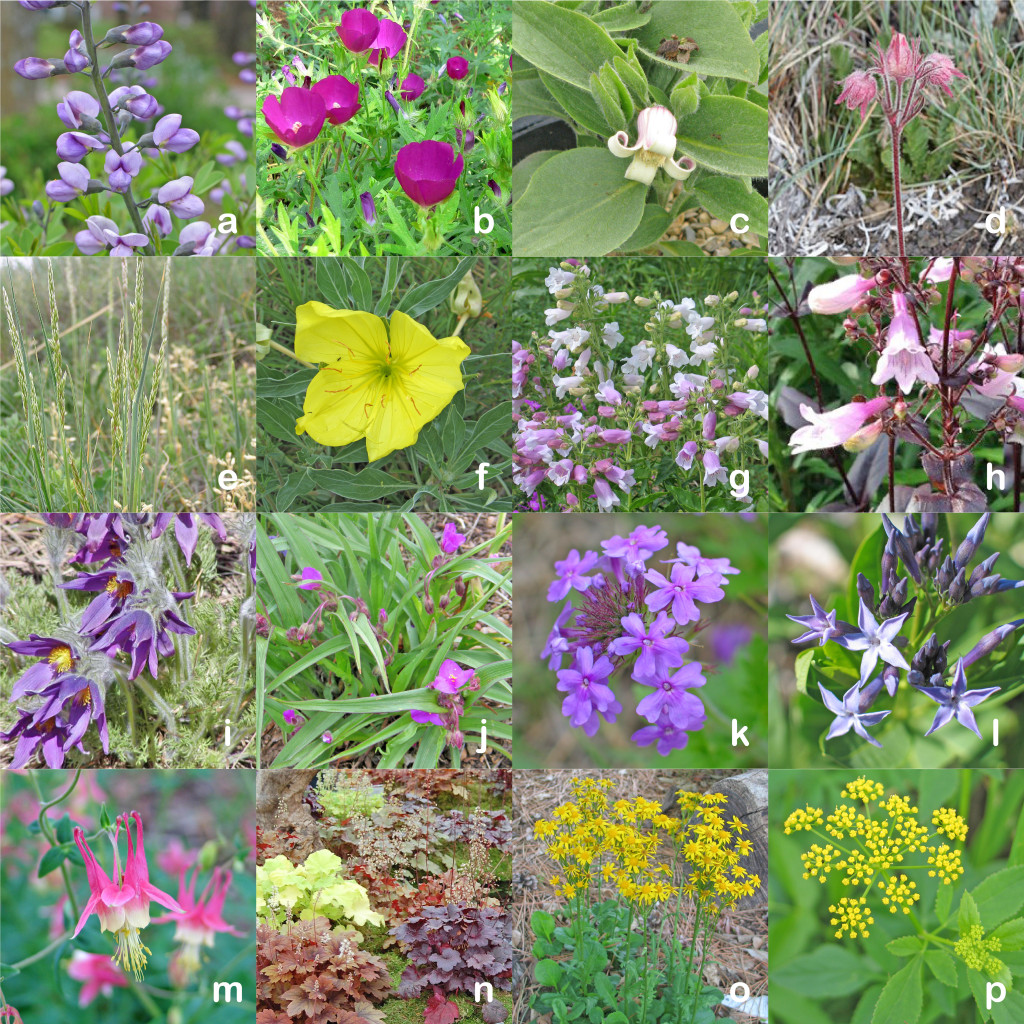
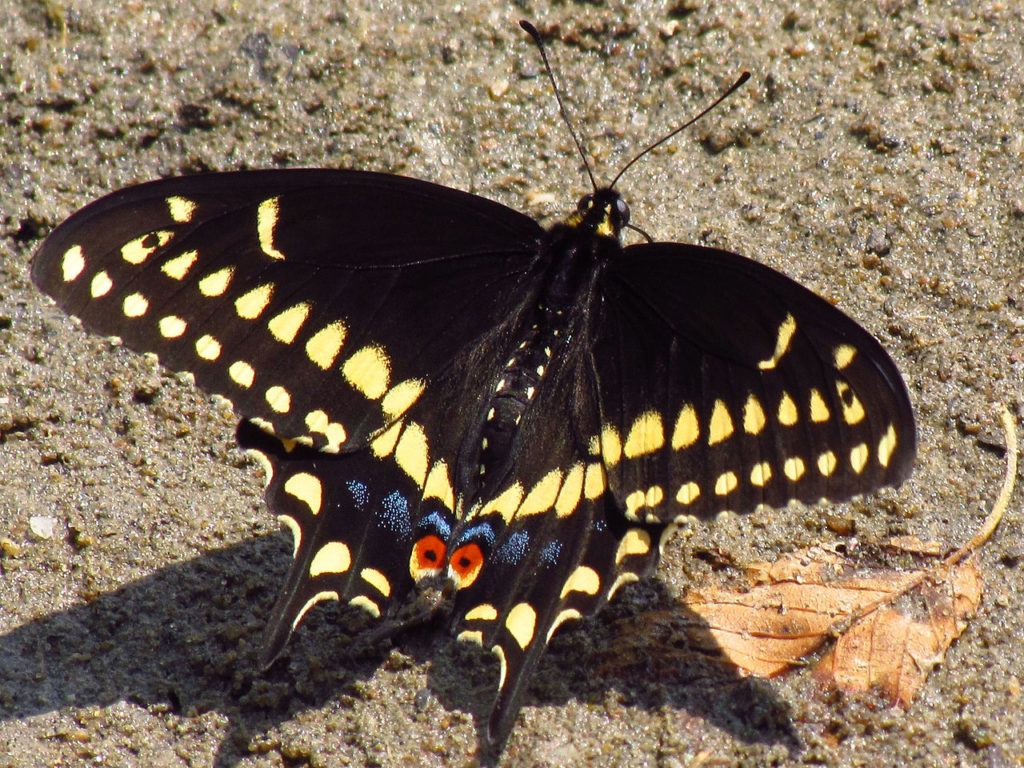


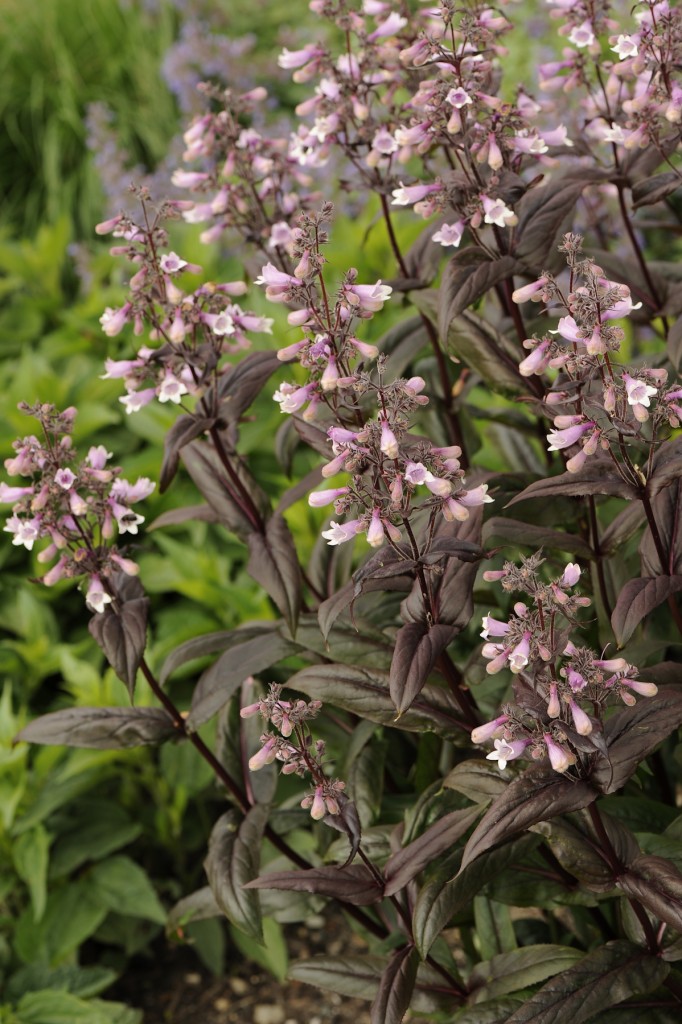
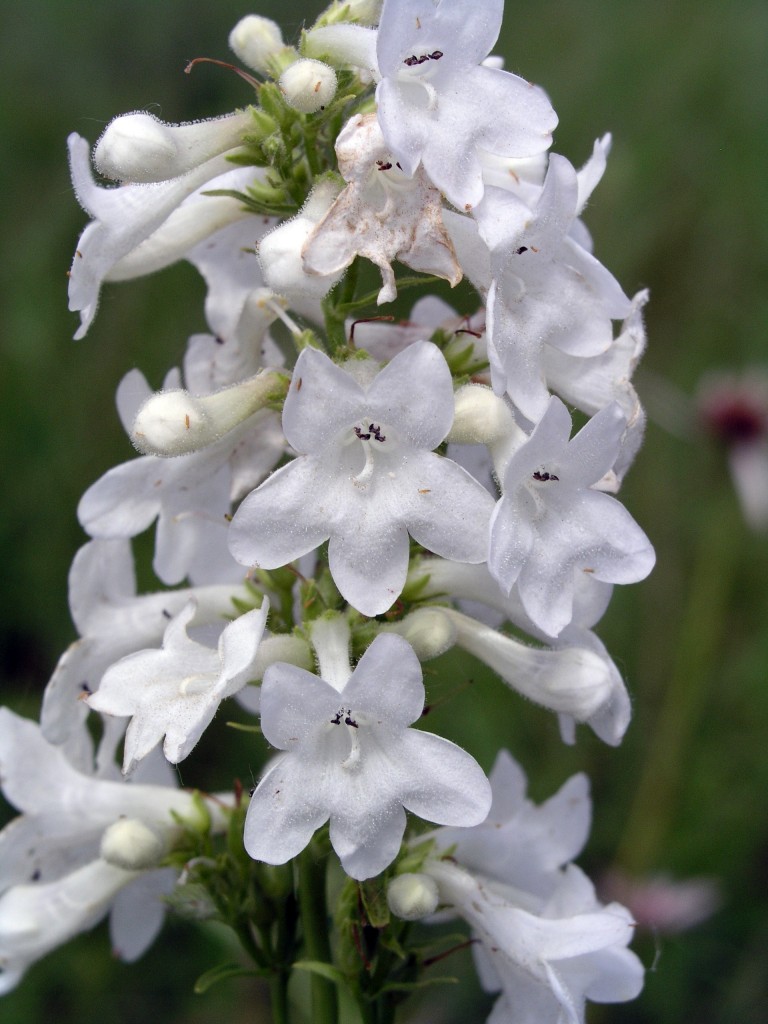
![IMG_2183[1]](https://dyckarboretum.org/wp-content/uploads/2015/05/IMG_21831-e1431533667908-768x1024.jpg)